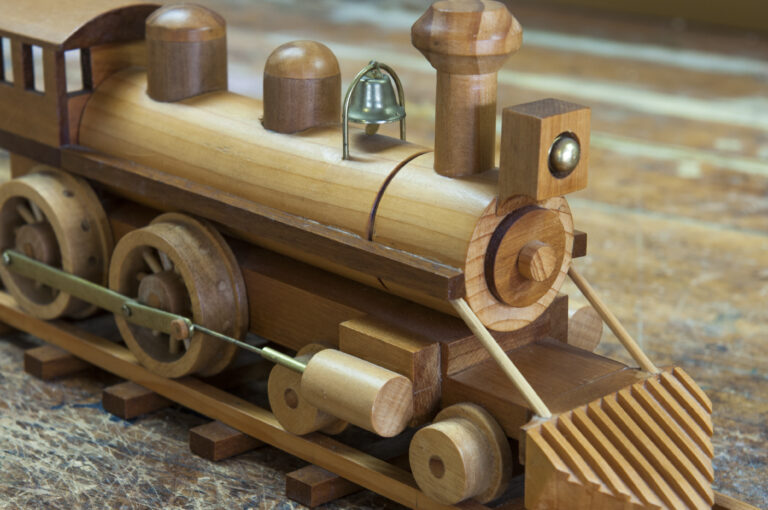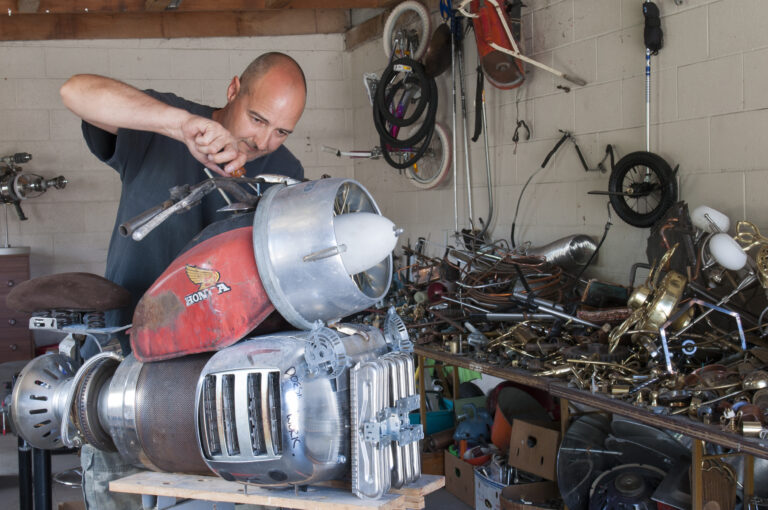Welcome to The Shed Magazine, 2020 calendar competition
We are looking for twelve great shed shots for our first ever The Shed calendar. This calendar will be included with all subscriber and New Zealand retail copies of the January/February 2020 issue, on sale December 2 2019.
The magazine has been wanting to do a calendar for many years and we are very excited that at last the time has come
So, what kind of shot will make you a winner?
We are looking for a broad range of stunning photographs of a great busy-as home/backyard shed. It could be just a shot of your shed which may be messy, it can be tidy and smart as. It can have sheddies in the photo working on any project or just a shot of something you have made in your shed. We are also hoping to get amazing sheds in great exterior landscapes and groups enjoying just hangin’ in the shed.
Any subject matter will be considered as we look for a great cross section of shed shots from around New Zealand, Australia or anywhere in the world where a great shed exists!
Be aware though that we do need good quality hi-res images to reproduce well when printed.
The twelve winning photographers will receive a free one year subscription or subscription extension to The Shed Magazine and bragging rights beyond all others, and, you can enter as many shed shots as you like.
Entries close August 25 so don’t delay.
To enter, click on this link below and make sure you read our terms and conditions of entry.



